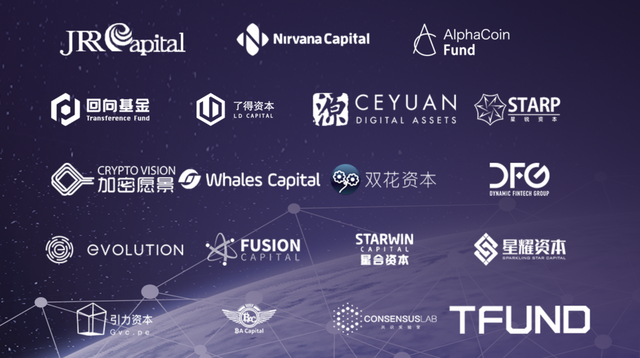Distributed Credit Chain: the revolution to change the banking revolution

With the blockchain technology possessing massive strength in decentralization, protection of privacy, autonomy, and above all, irreversibility; it is right to say that the future of banking may be in the distribution credit chain.
The distributed credit chain system, which is a virtual system, designed using the blockchain technology, may create a new distributed banking system independent of the traditional banking procedures and bureaucracy.
What the distributed bank stands to offer
The public chain, which is the backbone of the new system, will be used for many functions in the proposed distributed banking system, activities like debt registration, transactions involving assets, credit reporting, and wealth management in the distributed system.
These qualities are unique to the proposed system because, the underlying technology, the blockchain, presents a decentralized ecosystem, where transactions are irreversible and alterations are not possible.
It will also, allow people from different parts of the globe to provide financial services in convenient ways, much different from the traditional methods of banking that are prevailing in the sector.
Therefore, with the blockchain technology, a unique virtual financial system will evolve called “Distributed banking,” which is a distributed kind of banking services that differ from the traditional banks.
Distributed banking to be a rival monopoly of traditional banks
.png)
Through fair financial practices, the distributed banking is designed to break the age-long monopoly of traditional financial services, offering good return earnings to all stakeholders in the financial services, this will enable all investors who contributed to the ecosystem to make some profit on their investments.
The distributed banking is expected to change the model of the corporation in the traditional banking, based on the decentralized concept of the blockchain technology, by constructing peer - Peer corporation along all channels, sectors, regions, accounts as well as subject.
When it comes to business matters, the distributed banking will ensure the total transformation of traditional banking debts, its assets, and the intermediary business structure by substituting business liabilities with the wealth management, associated with the distributed banking.
In place of asset business, the new system offers more efficient credit reporting, and registration of debt, substituting the intermediary business with the asset transaction in the distributed system.
The system of management in the traditional banking, which is tree-like in nature, will be replaced in the distributed banking by the flat model. The merit of the flat model is that, it improves the total business efficiency and creates distributed standards for many businesses.
The distributive nature of the systems makes it possible to split premiums that are mostly, excessive due to information and charges in the old traditional banking system and return it to investors in the distributive ecosystem.
The fact that registered records in the blockchain can’t be altered makes it easy for regulatory bodies to have first-hand access to accurate information from the system.
A break from the old conventional banking system is looming with the potential of distributed credit chain, powered by the stable blockchain technology with secured, data that is not alterable
Website : http://dcc.finance/
Whitepaper : http://dcc.finance/file/DCCwhitepaper.pdf
Twitter : https://twitter.com/DccOfficial2018/
Facebook : https://www.facebook.com/DccOfficial2018/
Telegram : https://t.me/DccOfficial